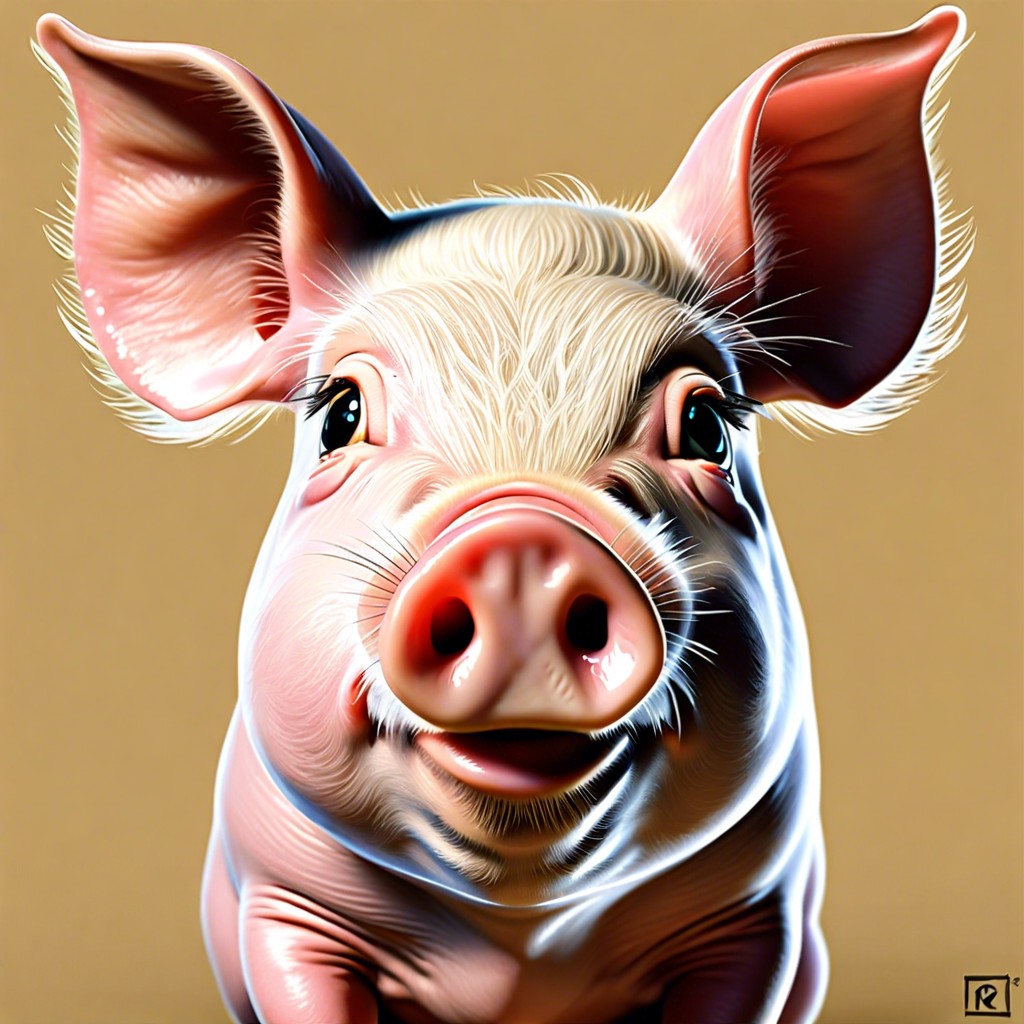Discover how big betta fish can get and understand what factors influence their size for optimal care.
Key takeaways:
- Betta fish typically grow to around 2.5-3 inches in length.
- Elaborate tails and fins can make bettas appear larger than they are.
- Tank size, diet, and overall care impact betta fish growth.
- A balanced diet and a tank size of at least 5 gallons are crucial for optimal growth.
- Providing mental stimulation with plants, caves, and toys is important for betta fish.
How Big Do Betta Fish Get?
Male bettas typically reach around 2.5 to 3 inches in length, while females are usually just a tad smaller, averaging about 2.25 inches. There are some over-achievers in the betta world that might push 3.5 inches, but those are the exception, not the rule.
Aside from their length, the vibrant Finn McMissiles (yes, I named him) can show off elaborate tails and fins, making them appear even larger. Remember, their majestic appendages are part of their charm and deception; it’s like wearing heels—instant vertical gain.
Betta splendens, the common aquarium betta, have been selectively bred for their extravagant fins. If you’re thinking of wild bettas, they are stealthier and more streamlined, often not exceeding 2.25 inches.
Factors like tank size, diet, and overall care impact their potential growth. tl;dr: Treat ’em right, and they’ll grow just fine.
Ensuring That Your Betta Fish Grows To Its Full Size
First off, remember that a happy betta is a well-fed betta. A balanced diet with high-quality pellets, occasional frozen or live foods like bloodworms, and a variety of other proteins will do wonders. Picky eater? Don’t worry; they all come around eventually.
The size of the tank also plays a big role. A cramped betta is a stunted betta. Aim for a tank that’s at least 5 gallons. Yes, they can survive in smaller bowls, but do you want your betta to thrive or just get by? Think of it like living in a mansion versus a studio apartment—more room to stretch those fins.
Water quality is another biggie. Consistent water changes, proper filtration, and keeping the water temperature between 76-81°F (24-27°C) will keep your betta in tip-top shape. Let’s face it, nobody grows well in murky water. Invest in a good water conditioner to keep those scales sparkling!
Lastly, don’t forget about mental stimulation. Bettas are curious little creatures. Add plants, caves, and toys to keep their brains active and their bodies moving. Think of it as the fishy version of a home gym.
Tank Size
Bettas aren’t the minimalist zen monks of the fish world—give them some space!
First, despite their popularity in small bowls, bettas thrive better in tanks that are at least 5 gallons. Think of it as their very own fishy mansion, complete with all the room they need to stretch their fins.
Next, many folks assume these little guys don’t need swimming space, but a larger tank means cleaner water and a healthier betta. Less cleaning for you, a happy fish for them. Win-win!
Lastly, a spacious environment reduces stress for bettas. Unhappy fish are like angry toddlers; they’re just no fun. So, keep your betta happy with a roomy crib, and they’ll repay you with their dazzling displays. And yes, they’re total divas.
In sum, when it comes to tank size, bigger is better. Your betta deserves a palatial estate, not a cramped studio apartment.



